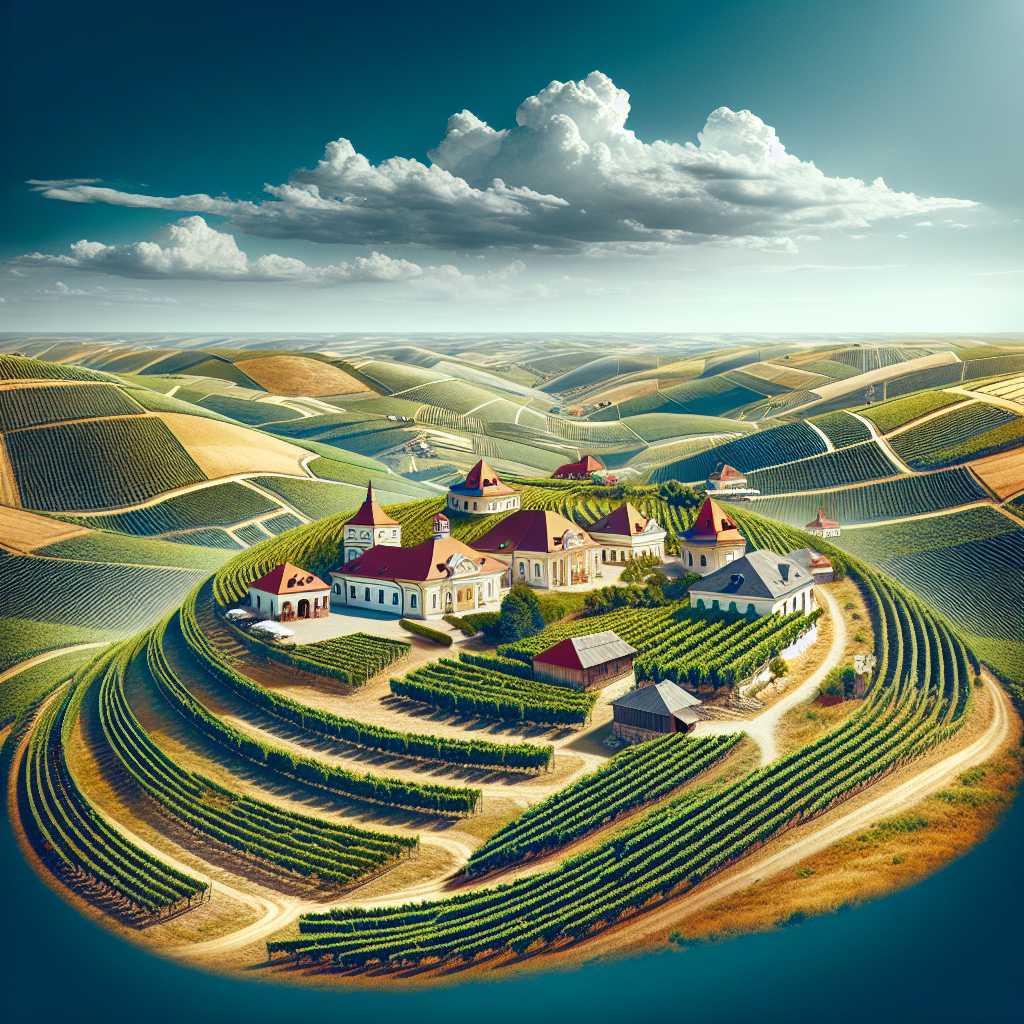Exploring Moldova: An Overview of Europe’s Enigmatic Country
Moldova, a landlocked nation situated between Romania and Ukraine, is commonly known as one of the least visited and poorest countries in Europe. Despite these characterizations, Moldova presents a rich tapestry of cultural heritage, a burgeoning wine industry, and a complex political landscape that reflects its history between the East and the West. This article provides a comprehensive insight into Moldova’s geography, culture, economic aspirations, political scenario, challenges, and potential for future development.
Geography and Climate of Moldova
Moldova is located in Eastern Europe, sharing its borders with Romania to the west and Ukraine to the north, east, and south. It covers around 33,843 square kilometers (13,067 square miles), with the Prut River demarcating much of the border with Romania and the Dniester River flowing through the eastern part of the country. The terrain is hilly with a rich fertile soil that has fostered an agricultural legacy for centuries. Moldova’s climate is moderately continental; hot summers and mild to cold winters cater to varied seasonal experiences and agricultural cycles.
Cultural Heritage and Demographics
The culture of Moldova has been shaped by its geographic position and historical influences from neighboring powers, notably Romania (with whom it shares linguistic and cultural ties), Russia, and the Ottoman Empire. The official language is Romanian, reflecting historical links with Romania; however, due to past Russian influence particularly during Soviet times, Russian language usage is prevalent as well.
This small nation comprises multiple ethnicities. While Moldovans constitute about 75% of the population according to CIA World Factbook estimates, other ethnic groups include Ukrainians, Russians, Gagauz (a Turkish-speaking Christian group), Bulgarians, and others. Orthodox Christianity is the dominant religion.
Famous for timeless traditions particularly in rural areas—in music, dance, and crafts—Moldovan culture showcases a juxtaposition of historical preservation and modern adaptation. Each year festivals celebrate everything from ancient folk music to increasingly popular local wines.
A Burgeoning Wine Industry
Perhaps surprisingly to some, viticulture is central to Moldova’s economy. The country possesses one of the highest densities of vineyards in the world relative to its area—and rapidly gaining international recognition for quality production. Wine tourism has seen substantial growth owing to unique attractions such as the largest wine cellar in Europe (Cricova) and high-profile events like the annual National Wine Day.
Viticultural tours often include advanced booking experiences in elaborate underground cities consisting of vast subterranean tunnels where millions of bottles are stored. Wine production has become an intersection of cultural pride, economic strategy, and tourism attraction that Moldova continues to capitalize on.
Political Situation and European Aspirations
After gaining independence from the Soviet Union in 1991, Moldova inherited political institutions marred by corruption and heavily influenced by foreign powers. Over recent years it has been taking steps toward closer association with the European Union (EU), aimed at democratic reform and market liberalization.
The country signed an Association Agreement with the EU in 2014, part of which included creating a free-trade area meant to open up new opportunities for Moldovans in European markets. Nevertheless, political tensions still exist internally between pro-EU factions and those looking toward Russia for strategic partnership.
In tandem with these geopolitical pulls, Transnistria—a narrow strip of land along the eastern border with Ukraine—has declared independence from Moldova but is only recognized by a few non-United Nations member states. This unrecognized breakaway-state poses ongoing challenges for Moldovan governance and territorial integrity.
Economic Profile: Challenges and Innovation
Despite having numerous free trade agreements that provide access to lucrative European markets, Moldova continually struggles with systemic issues including labor migration that sees many Moldovans working abroad due to lack of local opportunities. Additionally, there are challenges related to judiciary reforms required to tackle corruption effectively.
However, innovation in agriculture beyond wine-making – via tech hubs aimed at fostering STEM talent – shows aspiration for diversifying its economic credentials. Economic indicators highlight incremental gains amidst these headwinds—an optimistic sign for its small but versatile economy.
